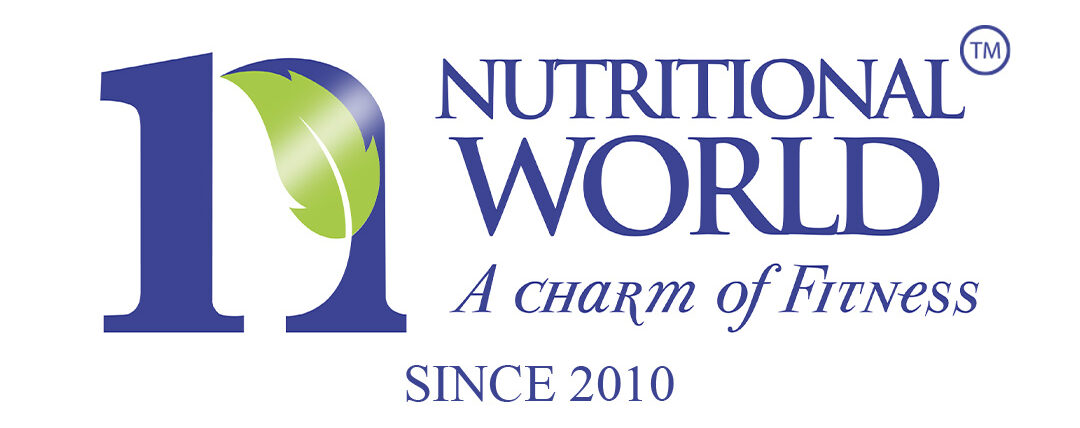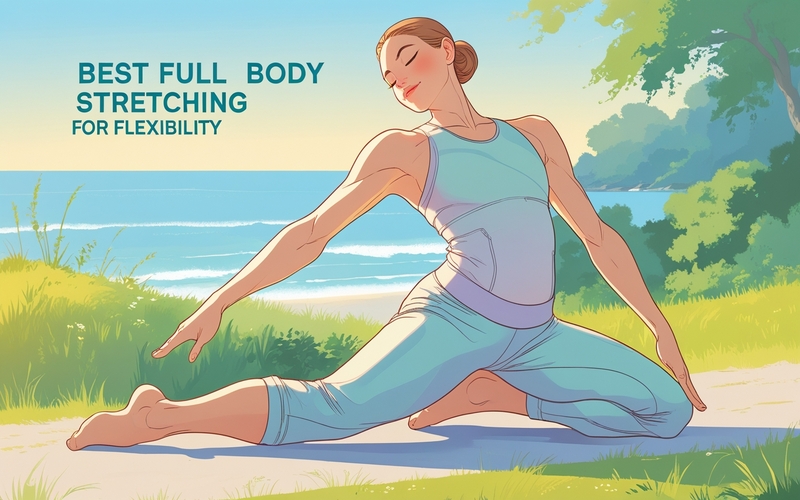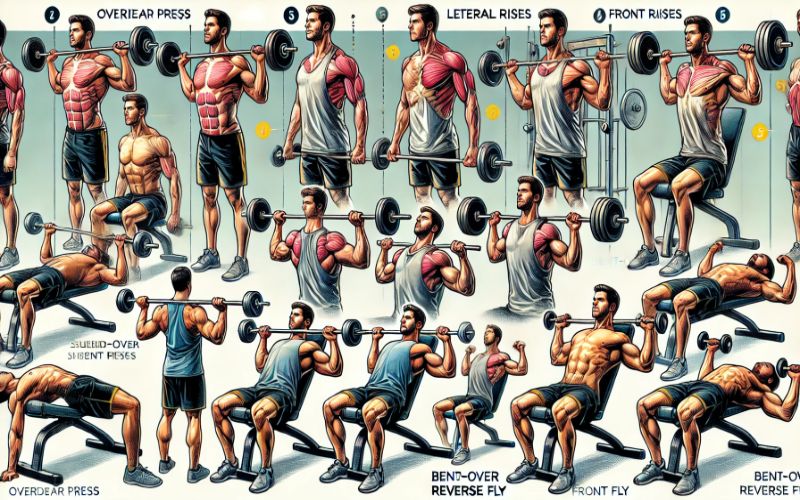Stretching is the cornerstone of flexibility and injury prevention. While the word “stretching” often conjures images of reaching for your toes, it’s not a one-size-fits-all activity.
Static and dynamic stretching are two distinct approaches, each serving specific purposes in your fitness journey. Understanding these differences helps you maximize your efforts and achieve a well-rounded routine.
Table of Contents
How Static Stretching Works and When to Use It
Static stretching involves holding a single position for an extended period, typically between 15 to 60 seconds. The goal is to elongate the targeted muscle group, promoting relaxation and increased flexibility.
For example: you’re sitting on the floor, legs outstretched, reaching forward to touch your toes. That’s static stretching. It’s most beneficial when your body is already warm, such as after a workout, because it helps to cool down muscles and reduce post-exercise soreness.

However, static stretching isn’t ideal before high-intensity activities. Holding muscles in a prolonged stretch can temporarily reduce strength and explosiveness. Save it for post-workout or when flexibility is your primary goal.
How Dynamic Stretching Works and When to Use It
Dynamic stretching, on the other hand, is all about controlled movement. Instead of holding a position, you flow through a series of motions that mimic the activity you’re preparing for. Think arm circles before swimming or leg swings before running.
This type of stretching warms up your muscles, increases your range of motion, and boosts circulation. It’s the perfect prelude to physical activity, as it primes your body for action without diminishing performance. By gradually increasing your movement’s intensity, dynamic stretching serves as an active wake-up call for your muscles and joints.
Key Differences Between Static and Dynamic Stretching
Understanding how these two methods differ ensures you use them effectively:
- Movement vs. Stillness: Static stretching involves holding poses, while dynamic stretching is all about fluid motion.
- Timing: Static stretching is ideal after a workout, while dynamic stretching is best for warm-ups.
- Purpose: Static stretches aim for flexibility and muscle relaxation, whereas dynamic stretches prepare your body for movement and performance.
- Impact on Performance: Dynamic stretching enhances readiness and strength, while static stretching may temporarily dampen power output.
These differences underline why you shouldn’t rely on just one type of stretching for all activities.
Benefits of Combining Both in Your Fitness Routine
Why choose one when you can reap the benefits of both? Incorporating static and dynamic stretching into your routine ensures comprehensive care for your muscles.
Start with dynamic stretches to prepare for activity and end with static stretches to recover and improve flexibility.
For example, before a basketball game, warm up with dynamic stretches like lunges and high knees. Afterward, cool down with static stretches, such as a seated hamstring stretch. This approach minimizes the risk of injury and maximizes muscle recovery.
The Role of Whey Protein in Supporting Flexibility and Recovery
Stretching and nutrition go hand in hand, and whey protein is an excellent ally in your flexibility and recovery journey. This high-quality protein source is rich in essential amino acids that aid in muscle repair and growth. After a stretching session, especially one following intense exercise, your muscles need nutrients to recover and rebuild.
Whey protein supports this process by delivering a quick dose of protein to tired muscles. Moreover, regular protein intake can improve overall muscle function, which complements the benefits of stretching by enhancing strength and elasticity.
Pair your post-stretching routine with a whey protein shake to accelerate recovery and keep your muscles ready for the next workout.
Tips for Incorporating Stretching into Daily Life
Stretching isn’t just for athletes; it’s a tool everyone can use to feel better and move more freely. Here are some tips to make it part of your daily routine:
- Start your day with dynamic stretches to awaken your body.
- Take stretching breaks during long hours of sitting to ease stiffness.
- Dedicate 10 minutes post-exercise to static stretches for recovery.
- Listen to your body—stretching should never cause sharp pain.
By blending static and dynamic stretching, you create a harmonious routine that supports your physical well-being, no matter your fitness level. Stretching isn’t just about reaching farther; it’s about unlocking your body’s potential.


























